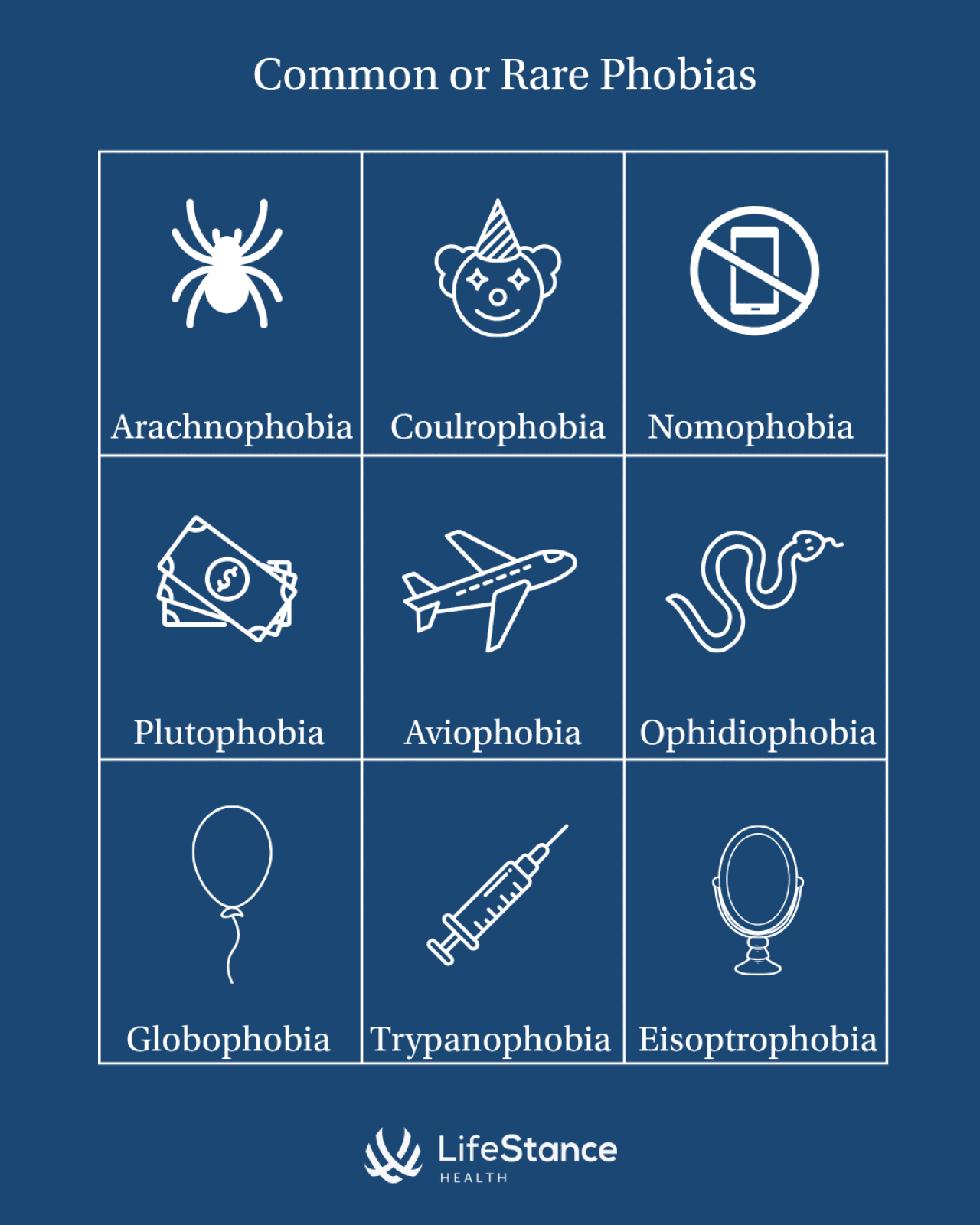Why we love to be scared: Understanding fear and its surprising value
Lifestyle

Audio By Carbonatix
12:40 PM on Thursday, October 30
By Edward Collins, MA, LPC for LifeStance Health, Stacker
Why we love to be scared: Understanding fear and its surprising value
Each October, as Halloween decorations appear and horror movies fill streaming queues, people across the country indulge in fear. Haunted houses sell out, thrill-seekers line up for roller coasters and audiences eagerly brace for jump scares on screen. For a few weeks each year, fear becomes a form of entertainment, and people cannot get enough.
This fascination with being scared is not accidental. Fear is one of humanity’s oldest and most powerful emotions. When experienced in a safe or controlled way, it can be exhilarating and even enjoyable. But underneath that thrill lies something deeper, which LifeStance Health explores here: fear’s role in helping people survive, adapt and grow.
Why do we fear fear?
Fear has always been tied to control. People fear what they cannot predict or manage, such as the loss of safety, stability or familiarity. At its core, fear represents a perception of threat to stability. That primal reaction is deeply embedded in the nervous system, shaped by centuries of human evolution.
In therapy, fear often shows up when individuals confront change, especially when that change feels beyond their control. This discomfort is not a weakness. It is the body and mind recognizing a challenge to the equilibrium. Learning to tolerate that discomfort, rather than avoiding it, is one of the foundations of emotional resilience.
Fear’s power lies in its dual nature. It can protect or paralyze. It can motivate or overwhelm. Fears and phobias are part of everyday life, ranging from common ones like fear of heights, flying, or spiders to rare and unusual phobias. Regardless of how they appear, all fears share the same origin: the instinct to stay safe in the face of perceived danger. What determines whether fear becomes a force of protection or paralysis depends on how we approach it. The more we resist fear, the more it persists. When we face it directly, fear begins to lose its grip, transforming into awareness, courage and even joy.

What can fear teach us?
Whenever people encounter something unfamiliar or uncomfortable, fear naturally arises. On the other side of that discomfort often lies growth, mastery or strength. Often, the only way to reach that outcome is by moving through the fear rather than avoiding it.
Consider why millions voluntarily enter haunted houses each Halloween, knowing that behind every corner a masked actor awaits to startle them. Or why audiences pay to see horror films featuring monsters like Pennywise the Clown. Even knowing these threats are not real, the body reacts as if they are. Hearts race, adrenaline surges (common physiological responses associated with fear), and within seconds, the brain realizes the situation is safe. In some cases, fear may lead to laughter or relief. The cycle of fear, reaction and recovery is a powerful form of emotional conditioning.
The same process plays out in real life. Skydivers, for example, describe the moment of jumping from a plane as pure terror followed by euphoria. In those first seconds of free fall, fear peaks and then vanishes, replaced by exhilaration and focus. The body learns that facing fear, rather than retreating, leads to empowerment.
Fear can also highlight the difference between stress and anxiety. Stress is a necessary part of functioning because it mobilizes the body to respond to challenges. Fear can trigger stress in short bursts that help the brain learn and adapt. Anxiety develops when that stress response does not switch off, when fear lingers without resolution. In those moments, people may freeze, shut down or fawn in response to a threat, rather than move into productive action.
Why people like to be scared
Choosing to be scared is, paradoxically, an act of control. When fear is invited through movies, haunted houses or thrill rides, it typically becomes a safe experiment in vulnerability. It allows people to explore a primal state without real danger. The body releases adrenaline and dopamine, creating a rush of excitement followed by a sense of relief.
Among the three most powerful emotional states—love, laughter and fear—fear may be the most accessible. It can be summoned instantly by a story, an image or a darkened room. Love and laughter take longer to cultivate, but fear is always within reach, ready to remind us that we are alive.
Embracing fear as a strength
Fear is neither an enemy nor an evil. It is a natural response that signals awareness, fuels motivation and reminds us of what it feels like to be alive. Without fear, humanity would not have survived. When understood and managed, it becomes a guide, teaching when to act, when to adapt and when to trust one’s inner resilience.
The thrill of a haunted house or the rush of a scary movie are reminders of this truth. Fear connects people to their humanity. When met with courage and curiosity, it often ceases to be something to escape and becomes something that can be experienced as empowering in certain situations.
This story was published by LifeStance Health and reviewed and distributed by Stacker.







